What comes to mind when you think of Thanksgiving? Is it a STEMs-Giving? Combine a Thanksgiving theme with hands-on STEM activities for kids. Our STEMs-Giving makes for the perfect Thanksgiving lesson plan for kids of all ages. Of course, being grateful tops the list but how about the food too! We all know about the turkey and the potatoes and the pie! Hidden inside this bountiful meal is a wealth of Thanksgiving STEM projects to unlock.
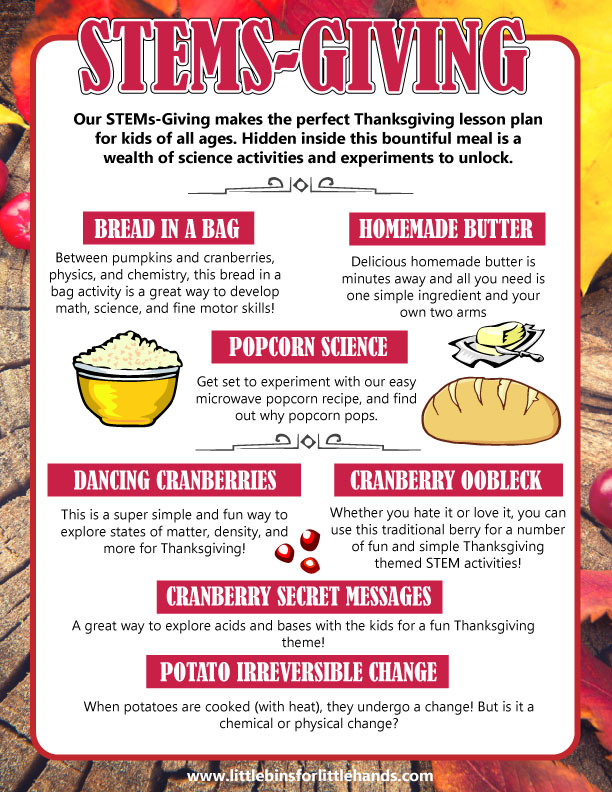
STEMs-Giving Menus For Kids
Our STEMS-Giving menu is certainly a different type of menu plan but I guarantee it’s a recipe for success when it comes to hands-on learning and STEM! Let’s show our kids how to observe like a scientist, think like a scientist, and experiment like a scientist.
Being a scientist starts with the world around us, and this November, it’s all about the amazing meal that is served on Thanksgiving Day. Did you know science is all around us, even in the food we eat!
Of course, we have more fun Thanksgiving Science and STEM activities located here along with more fun and free printable sheets. You’ll find more great ideas to share with your kiddos all month long including free turkey theme STEM challenge cards. Hint, take a look at these cranberry STEM challenges!
Before you get started, make sure to print out our STEMs-Giving Menu below to keep you on track!
Click here for your Mini Thanksgiving Project Pack!
Thanksgiving Science To Spark Curiousity
Below you will find links to each of the STEMs-Giving Menu items and their related activities! Click on each link to read more about the supplies, set-up, process, and basic science information that accompanies each Thanksgiving item.
Spread the activities out over a week, or a few days, or do them all at once if you are adventurous! Go in any order you like.
HOMEMADE BUTTER
A super simple science project with big results, making homemade butter is hard work but well worth it!
BREAD IN A BAG
You can’t have homemade butter without fresh bread and the science behind yeast is fascinating for kids to watch. Baking bread is also an example of a chemical change.
DANCING CRANBERRIES
A classic science experiment, dancing cranberries explores both states of matter and buoyancy with just two common ingredients!
CRANBERRY SECRET MESSAGES
Want to play detective or be a super-secret spy? Did you know cranberries can write top-secret messages because of their acidity? There are two ways to set up this mission with cranberry juice.
CRANBERRY OOBLECK
This classic Non-newtonian fluid called oobleck is a kid-favorite, and it’s so much fun to change up with the seasons and holidays. Explore science with a messy cranberry sauce oobleck!
BAKED POTATOES
Cooked potatoes are a staple at the Thanksgiving dinner table whether you like them baked with marshmallows or boiled and mashed with butter. The one thing they all have in common is that when they are cooked (or heated), they undergo a change! But is it a chemical or physical change? Read below to find out!
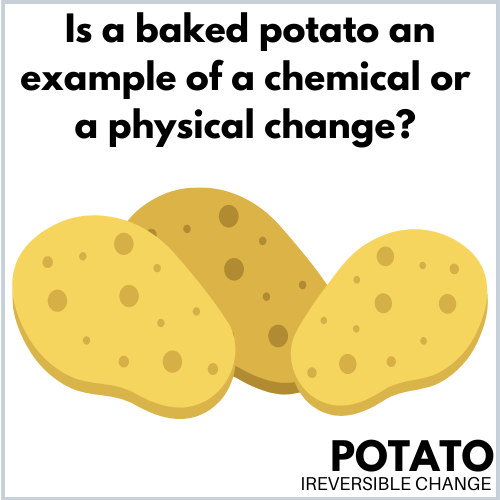
Is boiling potatoes a reversible or irreversible change?
Answer: A cooked potato is the result of a chemical change!
Supplies Needed:
Note: Adult assistance is required for this activity.
- Raw potatoes
- Potato masher and fork
- Heat source (microwave, oven or pot of boiling water)
Make a prediction:
Choose your favorite method to cook a potato! You can still try this experiment in the classroom even without a heat source by bringing in both a raw and cooked potato to test out. This activity can also be done with raw apples and crockpot applesauce!
Either before you cook the potatoes or if you can save a raw potato, have the kids try to “mash” the raw potato with the masher. What happens? Have them describe what they see and feel when they handle the potato and take any notes in a journal. They can draw the raw potato and describe its texture. Have them note even the smallest details.
After the potatoes are cooked and cooled to handle, have the kids repeat their observations. Can they mash the potato now? What does it look and feel like? Again, have them note even the smallest details.
THE SCIENCE OF BOILING POTATOES
A chemical change is when a new substance is formed and usually in the presence of heat being released or color changes. Other examples of chemical changes include making homemade slime and baking soda and vinegar reactions.
A physical change is a change in the size or shape or the state of matter (liquid, solid, or gas). Think about the change from ice to water to steam. Also growing crystals are a form of physical change such as salt crystals or rock candy sugar crystals.
Why is the baked potato a chemical change?
How are the two changes really different? With a chemical change, you can not go back to the original substance, so it is called an irreversible change. Once you cook the potato it is cooked, and it can not go back to being a raw potato.
Whereas, if you melt ice, you are simply changing the state of matter and if you freeze the melted ice it will return to its original state. This is called a reversible change.
THINK ABOUT IT: What other popular Thanksgiving foods can you think of that go through a chemical change? How about a favorite pie or any of the side dishes on the table, including a berry that is red and tart!
PAPER BAG POPCORN
Explore corn and make a simple and tasty treat that can be enjoyed anytime this month and beyond! Not all types of corn kernels pop! Make sure to read why in the science behind popcorn!
POTATO OSMOSIS
What is osmosis and how can you demonstrate it with a potato? This super easy biology activity is a fantastic way to explore how water moves from an area of higher concentration to a lower concentration with a basic spud (potato)!
More Fun Thanksgiving Activities To Try
We also have fun with easy Thanksgiving art and craft projects, Thanksgiving slime and even Thanksgiving LEGO building ideas!
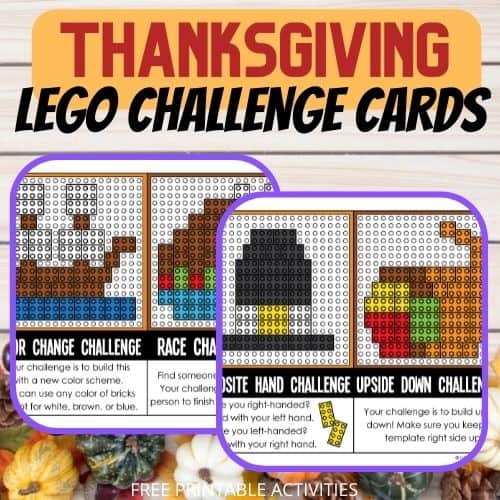
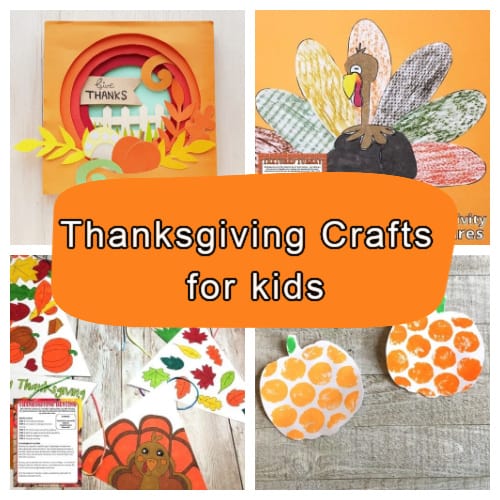
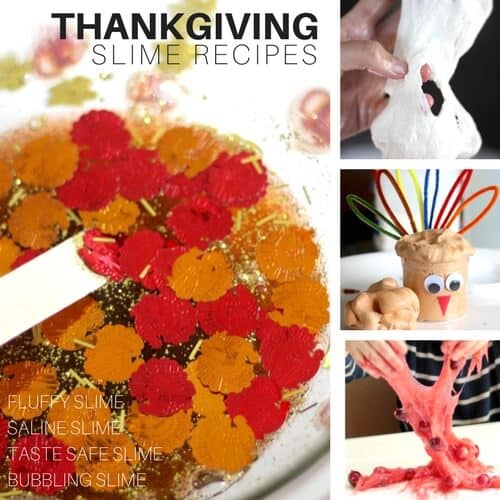
Printable Thanksgiving Project Pack
STEMS-Giving Pack! A full menu of Thanksgiving dinner science activities, secret codes, and more!
What’s Included:
- STEMS-Giving! A feast of science and STEM with simple experiments and projects for home or classroom!
- Even More Thanksgiving theme STEM activities with printable sheets, instructions, and useful information all using easy-to-source materials and perfect for limited time needs. Includes a Thanksgiving theme engineering pack with fun, problem-based challenges for kids to solve!
- Got STEAM? Try a turkey in a disguise challenge with writing prompts and more! Also color by code turkeys in disguise!
- Try your hand at building shapes with cranberry structure challenge cards.
- Discover Thanksgiving brick-building challenges perfect for early finishers, quiet time, hands-on math, or family time.
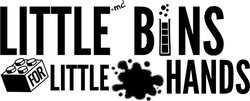

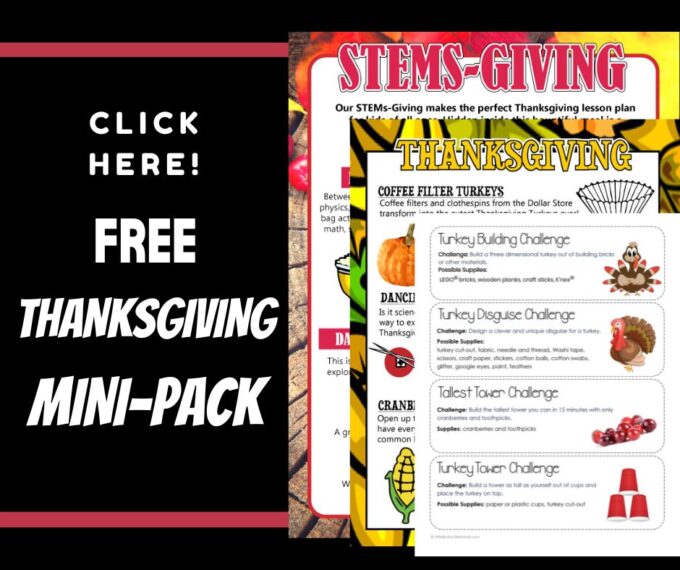
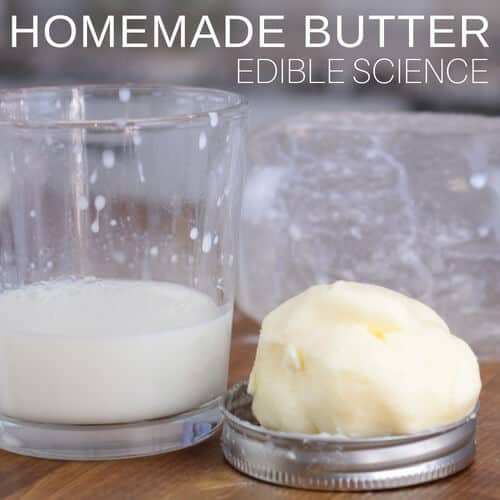
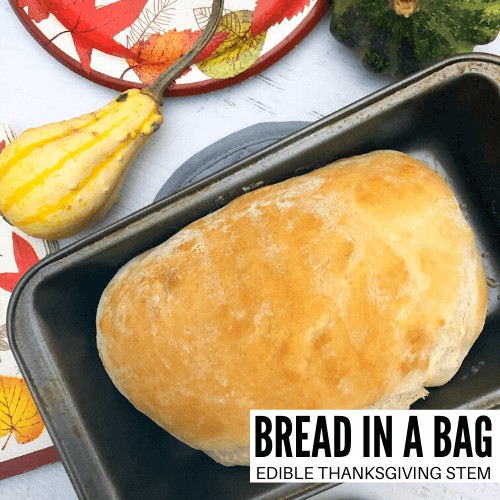
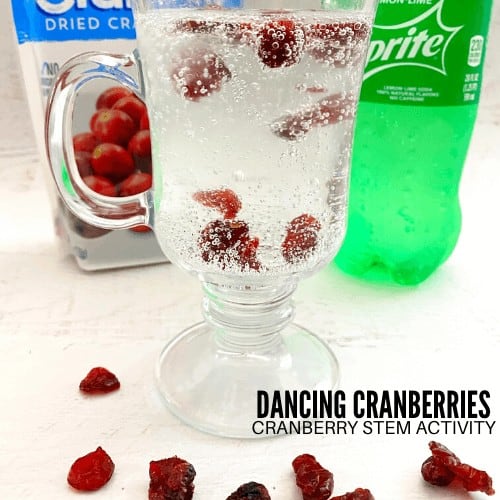
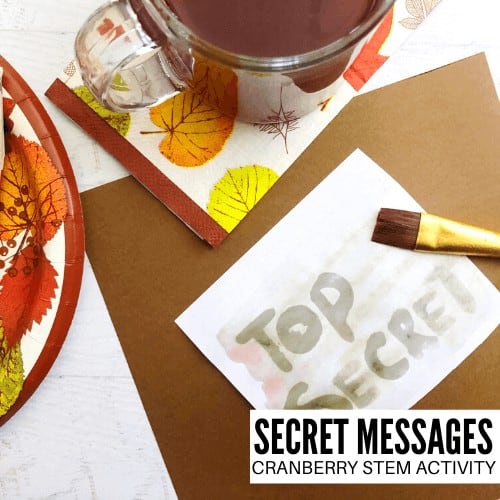
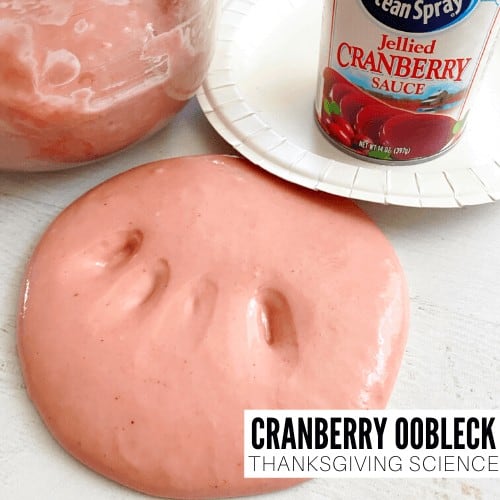
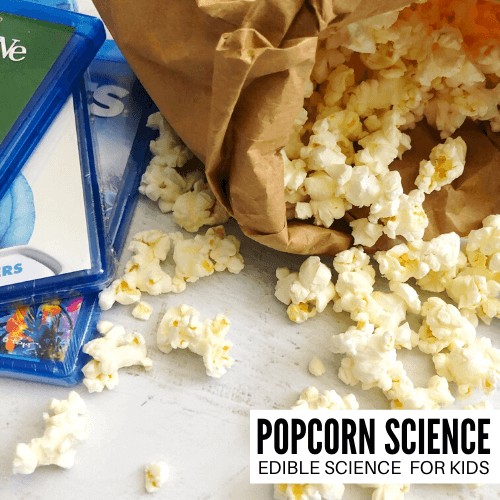
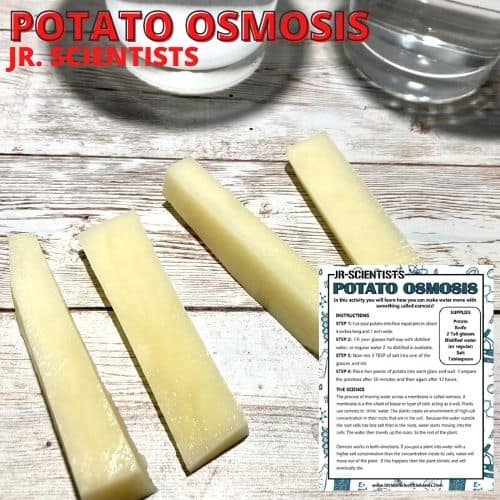
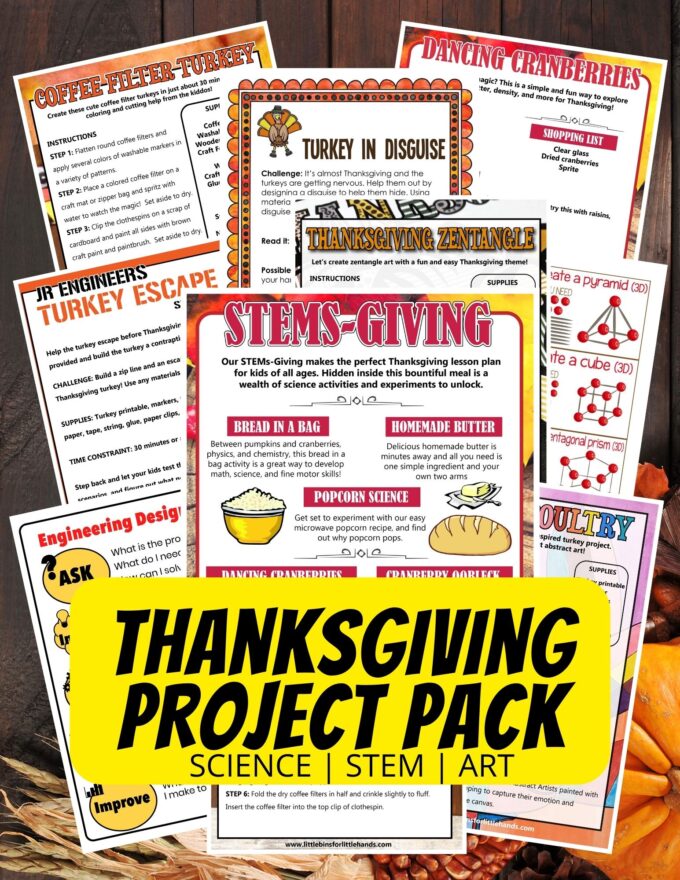
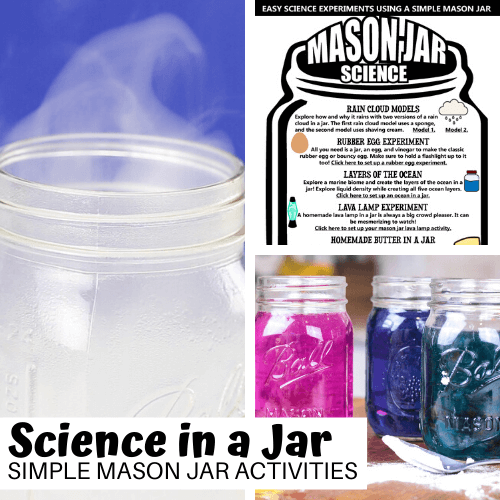
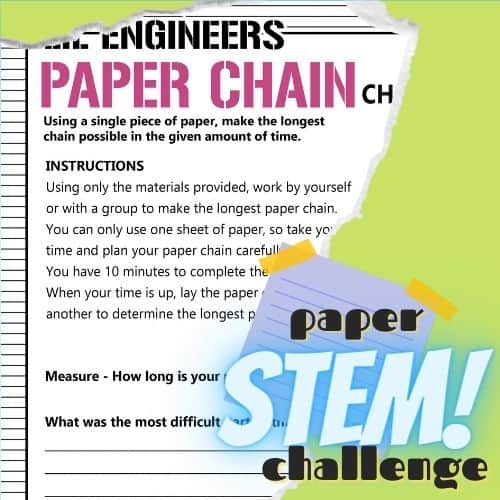
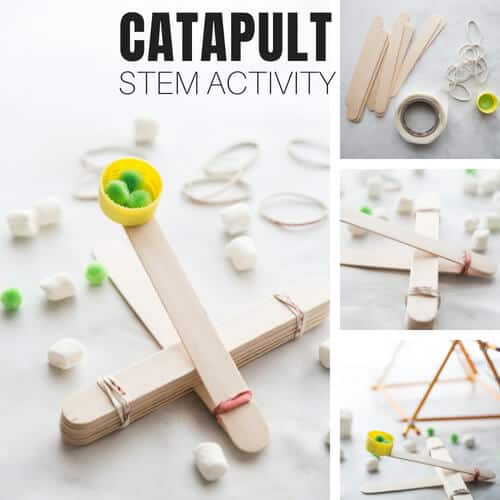
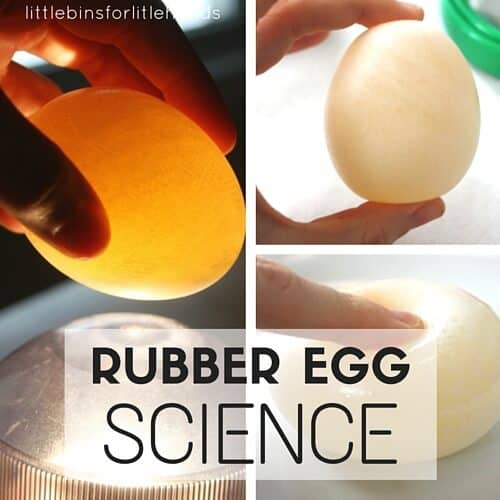
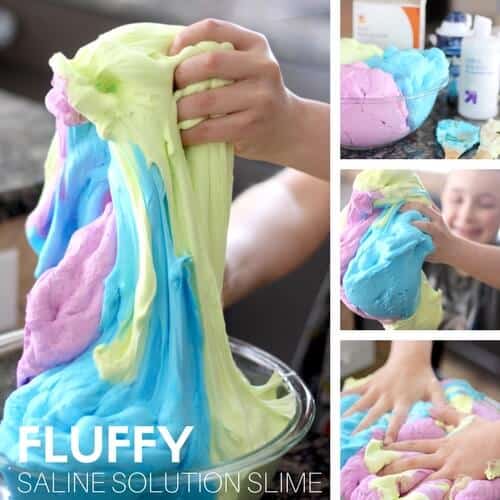
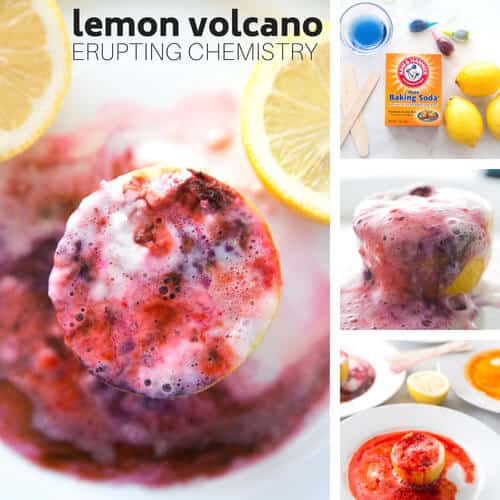
One Comment
Comments are closed.